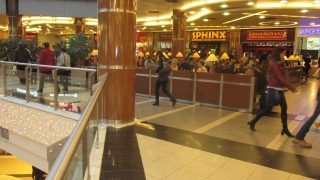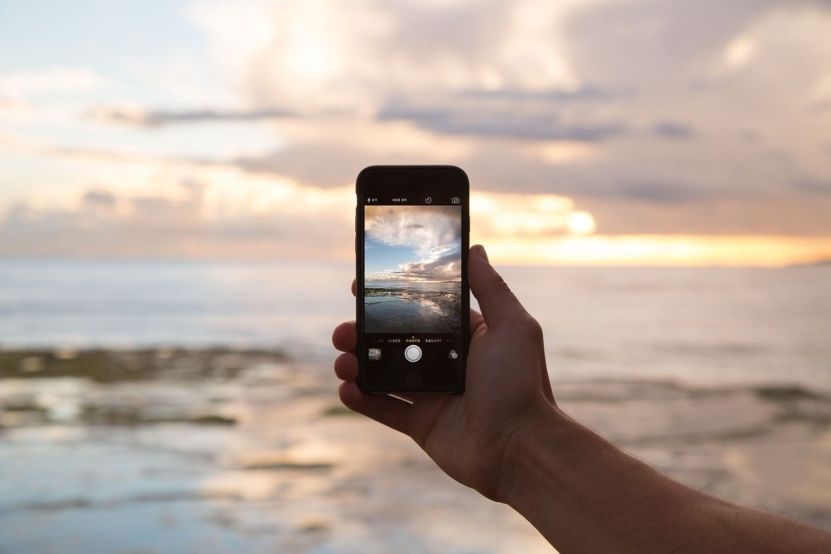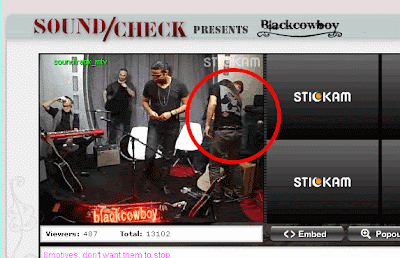I check – beacons in practice
Beacons – the holy grail of all those interested in the broader use of mobile technology and an excellent topic for building a marketing message. Increased profits, access to valuable information, innovative image or possibilities to organize unique undertakings and promotional actions. All this is promised to the stores and brands that decide to use this technology. What customers can get themselves? It may be a valuable discount code, but more often than not they will receive nothing but a notification.
At the very beginning I would like to point out that the situation described here is my first direct contact with beacon technology. Until now, I have only been following reports about this solution and wondered how it could work in our reality. When I found out that one of the Poznań shopping centers – Plaza – decided to implement it on its premises in cooperation with an external application, I went to the place to see how this solution works in practice.
The initial contact can be considered as most positive. I downloaded the Qpony app and after a while I could comfortably browse the available offers. C.H. Plaza has its own tile, where almost 30 offers from different product segments were available – the most popular were clothing and shoes, catering and electronics. A preliminary reading of the stores' offers, however, showed that there were not many valuable promotions and most of the ads were really an encouragement to get acquainted with the full offer of a given brand. However, I hoped that when I arrive at the place, the legendary beacons will allow me to get more involved in the shopping.
Unfortunately, I only received one notification regarding a restaurant offer during my entire visit. Despite a few rounds around the whole center, entering different stores and hanging around at the most promising places (entrances and the so-called "shopping mall"), I was able to browse the available offers. foodcourt), nothing else was happening. Just to be sure, I checked all settings and sent a query from within the application regarding whether beacons still work in this center. According to the response I received, the app does not spam users and only sends a notification 1 time to a person. The fact that I received them is supposed to mean that the system works perfectly in the center.
Definitely applause for adopting such a strategy, because there are few aspects so discouraging for new solutions as spam. However, this does not change the fact that the technology in question did not really influence my visit, even though it was its main purpose. For the sake of completeness it is also worth adding that I received information about a promotion in another of the local stores at least twice during the day. I purposely went to Pozza outside the period of greatest beacon activity, which, according to the information, was to fall on the 6th to 10th of November. This may have been the deciding factor in my perception, but I went with the assumption that this is a technology that is supposed to work all the time and not "on holidays".
![]()
Based on such experience, it is difficult for me to make a final judgment on the popularization of beacons. However, I have a few observations that I would like to share with you. The most important thing is that this technology is aimed strictly at stores, as they can benefit a lot from the information they receive. There is nothing wrong with that of course, but it is worth being aware that it is not a solution "for us" but driven by us. We are the ones who provide retailers with data about our shopping habits, preferences or even the way we move. In this situation, I would expect to be adequately compensated for my involvement in the form of a good offer. Meanwhile, most of the offers from the app also appeared to me when I logged into the mall's Wi-Fi network. Although browsing them was not that comfortable, it had one basic advantage – I didn't have to take action on my part or even know about this mechanism – I just used it.
![]()
So what's next for beacons? The answer will depend primarily on the capabilities of the stores and brands themselves. In order for the system to really work on a daily basis, it will require continuous activity of at least several entities. At first it may not cause problems, but over time it will become more and more difficult to attract shoppers.
The situation may be different in countries such as the U.S., where the culture of spending free time in shopping malls differs significantly from ours. For people who spend many hours every week on shopping, beacons can be a great way to diversify their shopping and take advantage of attractive offers. On our market, on the other hand, I see a greater opportunity before the in-store Wi-Fi, which seems to better meet the expectations of Poles.


